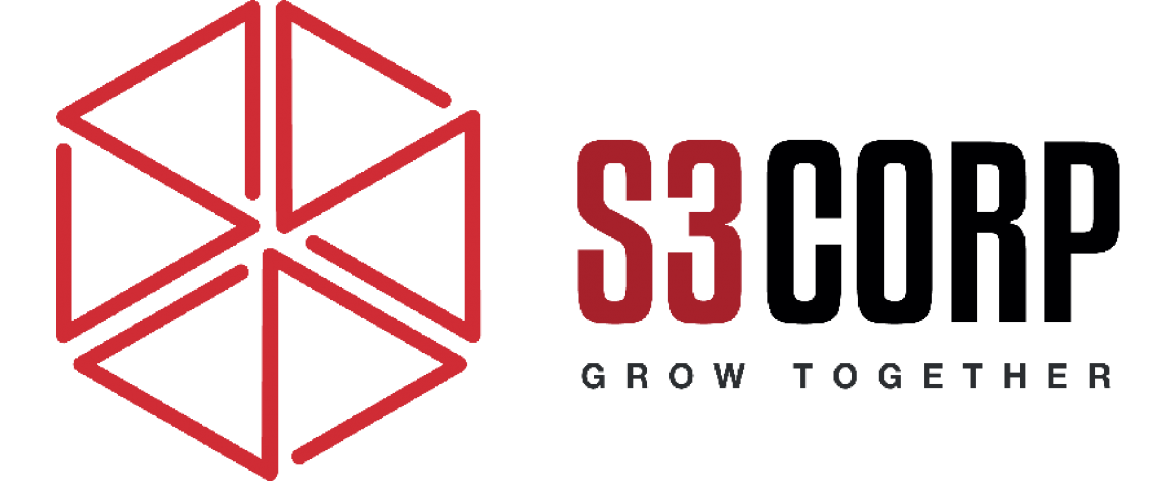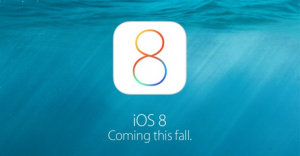What’s In Store For Enterprise App Devs with Iphone 6 & iOS 8?
— October 25, 2016iPhone 6 and iOS 8: A Game-Changer for Enterprise Apps
The much-anticipated announcement of Apple’s iPhone 6 and iOS 8 has finally arrived, bringing excitement and curiosity across industries. For developers focused on enterprise mobile applications, the updates represent not just new tools but also significant shifts in how apps can be designed and integrated. With over 4,000 new APIs introduced, iOS 8 and the iPhone 6 offer developers an expanded toolkit for crafting more powerful, efficient, and user-friendly applications.
This article explores some of the key highlights and their potential impact on enterprise app development, emphasizing functionality, usability, and the opportunities these updates bring to businesses, including sectors such as health, IoT, and gaming.
App Extensions
One of the standout features of iOS 8 is the introduction of app extensions. These allow developers to integrate additional functionality into their apps more seamlessly. Tasks such as photo editing, cloud storage access, and even custom keyboard integration can now be incorporated with greater ease.
This innovation not only saves time during the software development process but also standardizes the user experience. For enterprise apps, where efficiency and consistency are critical, this can be transformative. Users increasingly expect their enterprise tools to match the seamlessness of consumer apps. By enabling tighter integrations and uniform workflows, app extensions create a more appealing product for businesses seeking to enhance productivity through mobile solutions.
For developers, these tools offer a chance to deliver high-quality apps more efficiently, particularly for clients looking for rapid deployment of feature-rich applications.
Apple’s New Development Kits
Apple introduced several new kits with iOS 8, each offering unique capabilities that can be leveraged in enterprise app development. Among them, PhotoKit, HealthKit, and HomeKit stand out as pivotal innovations.
PhotoKit: Empowering Visual Precision
PhotoKit introduces manual camera controls, empowering users to capture professional-quality images directly through apps. This is particularly valuable for industries relying on high-quality visuals, such as real estate, e-commerce, and marketing. The API allows for efficient handling of thumbnails and full-sized assets, simplifying the integration of advanced imaging features into enterprise applications.
For developers, these enhancements not only streamline app functionality but also open doors to creative implementations, such as document scanning, quality assurance workflows, or photo-based reporting tools for field teams. Outsourcing development to vietnam experienced teams, can help businesses explore these possibilities while optimizing cost and turnaround time.
HealthKit: Unlocking Healthcare Innovation
HealthKit provides a centralized framework for tracking and sharing health data in a secure environment. While consumer use is at the forefront, enterprise applications in healthcare and wellness can leverage this technology to improve patient care and operational efficiency.
A prime example is VitalBox, which uses predictive analytics to help patients manage chronic conditions. With HealthKit, developers can create apps that aggregate health data, monitor critical metrics, and even provide actionable recommendations. The framework’s emphasis on privacy ensures compliance with strict data regulations, a crucial factor for enterprise clients in the healthcare sector.
HomeKit: Connecting the Internet of Things
HomeKit extends Apple’s capabilities into the Internet of Things (IoT), enabling apps to control connected devices like smart locks, lighting systems, and sensors. For enterprises, this opens up new possibilities in smart building management, security systems, and remote monitoring.
Siri’s integration further simplifies control, allowing users to execute commands with natural language. For developers, this framework offers an opportunity to bridge consumer and enterprise IoT applications, fostering innovation in areas such as logistics, energy management, and automation.
Revolutionizing Gaming with Metal
Gaming on iOS reaches a new frontier with Metal, a new graphics framework that enhances performance by up to 10 times. This enables console-quality 3D gaming experiences on mobile devices, offering developers unprecedented opportunities to create visually immersive content.
While gaming appears consumer-focused, its implications for enterprise applications are significant. Industries such as training, education, and simulation can adopt Metal to deliver highly engaging and interactive experiences. By leveraging these capabilities, companies can create applications that not only educate but also captivate users, enhancing retention and effectiveness.
Vietnam mobile development industry, which is rapidly gaining recognition for its skilled workforce, is well-positioned to adopt these frameworks. Outsourcing projects involving advanced graphics to regions like Vietnam can yield cost-efficient yet highly sophisticated outcomes.
iWallet: A Glimpse into the Future of Mobile Payments
iWallet represents Apple’s foray into mobile payments, with partnerships with major credit card companies like MasterCard, Visa, and American Express. The integration of secure payment processing into the iPhone 6 sets the stage for a transformative shift in how transactions are conducted, both for consumers and businesses.
For enterprise app developers, this is an opportunity to build applications that leverage secure mobile payments. Retail, logistics, and service industries can integrate iWallet functionality to streamline payment processes and enhance customer convenience. The move also signals a broader trend toward mobile-first strategies in finance and commerce, encouraging businesses to rethink their digital strategies.
The Enterprise Potential of iOS 8 and iPhone 6
The features introduced in iOS 8 and iPhone 6 extend beyond consumer applications. They lay the groundwork for enterprise-grade solutions that enhance productivity, security, and innovation. With tools like app extensions and new development kits, developers can create applications that meet the growing demands of modern businesses.
These updates provide a valuable framework to deliver scalable and innovative solutions. By combining Apple’s advanced tools with the expertise of skilled developers, businesses can unlock new opportunities and maintain a competitive edge in their respective markets.
The updates brought by iPhone 6 and iOS 8 are more than technical upgrades—they represent a step forward in how enterprise apps are conceptualized, developed, and utilized. For developers and businesses alike, this marks a pivotal moment to embrace innovation and deliver exceptional user experiences.





